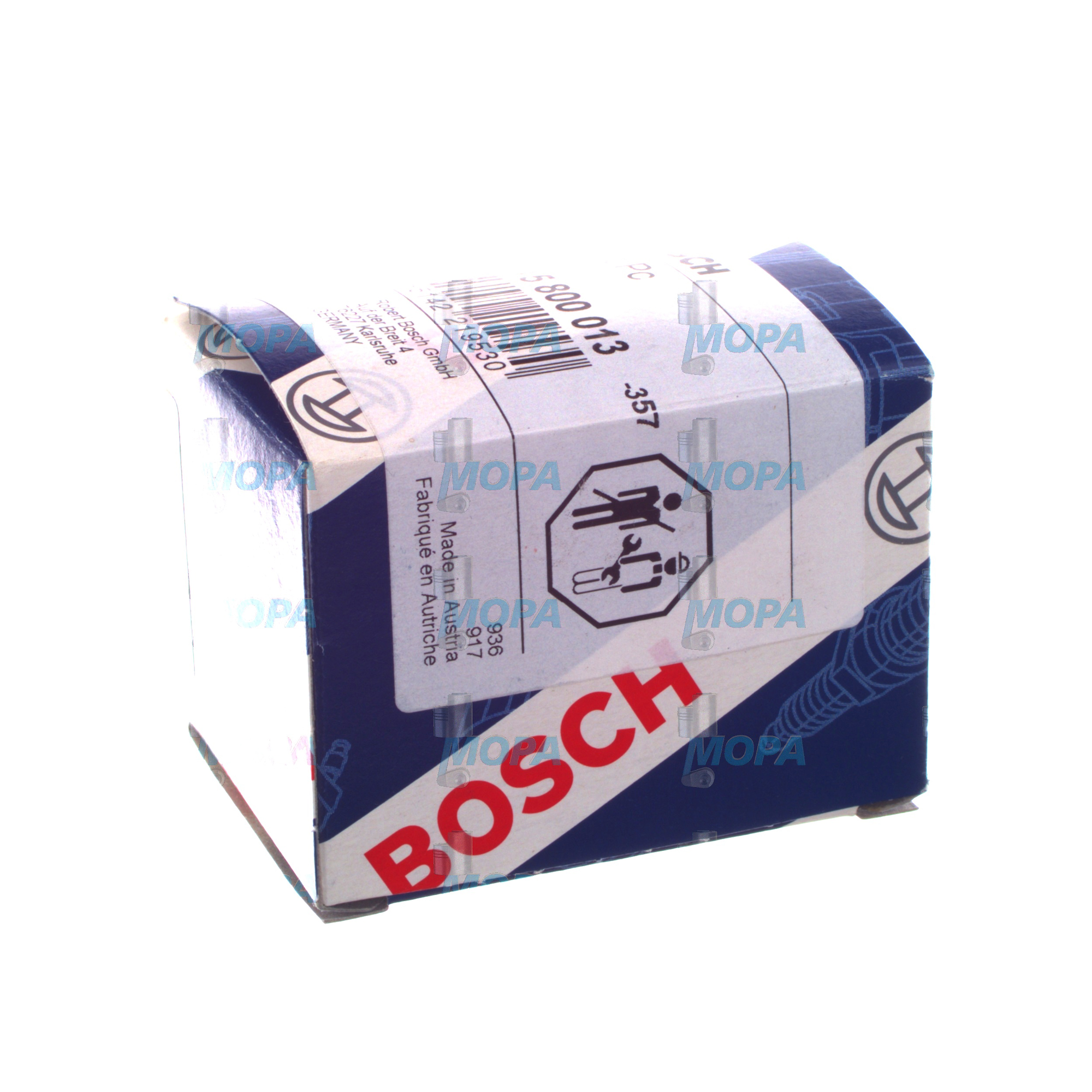SLIDE BEARING solutions for Bearings in marine and diesel engines
Bearings are precision-engineered components that support and guide rotating and oscillating shafts inside engines. In high-output marine and diesel engines, they create a stable, low-friction interface between crankshaft journals, connecting rods, camshafts, and housings. By forming a controlled running surface with an oil film, bearings minimize metal-to-metal contact, reduce wear, and dissipate heat—making them indispensable for reliable, efficient engine operation across load ranges and duty cycles.
Within this category, the SLIDE BEARING principle underpins how plain bearings carry heavy loads smoothly and quietly. Whether used as main bearings, conrod bearings, thrust bearings, or camshaft bearings, the right material pairing, geometry, and surface finish directly influence fuel efficiency, emissions stability, and overall engine life. That is why procurement and technical teams treat bearings as strategic parts, not mere consumables.
Technical function of Bearings and the SLIDE BEARING principle
In an engine, a SLIDE BEARING forms a hydrodynamic wedge of lubricant between the journal and the bearing shell. As the journal rotates, oil is drawn into the converging gap, building pressure that centers the shaft on a resilient film. This self-generating film supports high cyclic loads while absorbing small misalignments and filtering out micro-impacts. The result is low friction, low noise, and controlled temperatures—key to the durability of a diesel engine under variable load and speed.
Modern engine bearings typically feature a steel back for rigidity, an intermediate layer (often copper-lead or aluminum-based) for load capacity and fatigue strength, and a thin overlay that provides conformability, embeddability, and anti-seizure behavior. Oil grooves, holes, and edge chamfers manage lubricant supply, while crush and eccentricity ensure secure seating and optimal oil film distribution. In SLIDE BEARING marine engine applications, thrust faces handle axial loads from propeller thrust and gear trains, maintaining crankshaft endplay within tight limits.
- · Low friction under hydrodynamic lubrication.
- · High load capacity with fatigue-resistant material layers.
- · Precise clearances for stable oil pressure and film thickness.
- · Conformability to accommodate minor misalignments.
- · Embeddability to capture small contaminants safely.
- · Efficient heat dissipation into the housing and oil stream.
- · Optimized geometry (crush, eccentricity, oil grooves).
- · Options for lead-free overlays and corrosion-resistant finishes.
- · Available as SLIDE BEARING OEM parts for exact dimensional fit.
How SLIDE BEARING design drives performance, efficiency, and safety
Correct bearing selection and fit-up govern friction levels and oil temperature, directly affecting brake-specific fuel consumption and component life. A properly sized SLIDE BEARING diesel engine main bearing stabilizes shaft dynamics, reducing vibration and protecting seals and gears. At the same time, consistent oil film behavior prevents boundary contact during start-up and transient load steps, safeguarding journals against scoring. On safety, robust bearings act as the last line of defense; when the oil film remains intact, seizure risks drop, and unplanned engine stops become less likely.
Why Bearings are critical for engine reliability and service life
Bearing condition determines whether rotating groups run true, cool, and quiet over thousands of hours. Wear, contamination, or incorrect clearances can trigger a cascade of faults: oil pressure loss, increased metal debris, higher bearing temperatures, and, ultimately, journal damage. Cavitation erosion, fatigue spalling, and overlay wipe are common failure modes when loading, alignment, or lubrication fall outside specification. For marine operators, this can escalate into crankshaft regrinds, connecting rod replacement, or in worst cases, catastrophic failure with extensive downtime.
Routine inspections—measuring shell crush, checking overlay condition, and verifying clearances—combined with correct oil grade and filtration, keep bearings in their optimal hydrodynamic regime. When signs of distress appear, timely replacement restores the designed oil film and protects adjacent components such as pistons, liners, and gear trains.
Advantages of OEM spare parts suitable for Bearings — SLIDE BEARING OEM parts
Choosing OEM spare parts suitable for Bearings ensures dimensional accuracy, proven materials, and the exact geometry your engine was designed around. That precision matters. Hydrodynamic lubrication depends on micrometer-level clearances; even small deviations in shell thickness, eccentricity, or overlay composition can alter oil film behavior, drive up friction losses, and shorten overhaul intervals. With SLIDE BEARING OEM parts, you maintain the specified p×v performance window and the correct oil groove and feed-hole placement for consistent lubrication.
From a budget perspective, stable oil films mean less wear on high-value assets like crankshafts and conrods, fewer unplanned stops, and predictable overhaul planning. Reliability benefits follow: consistent start-up protection, controlled bearing crush, and repeatable fit-up during maintenance. Over the full life of diesel and gas engines, the cumulative savings from reduced fuel burn, fewer component replacements, and minimized downtime are substantial.
Key purchasing benefits for technical decision-makers
Procurement teams value traceable specifications, material consistency, and interchangeability. OEM spare parts suitable for Bearings deliver these outcomes, supporting compliance with class requirements and internal maintenance standards. Whether you are stocking main, conrod, or thrust bearings, aligning your inventory with SLIDE BEARING OEM parts streamlines inspections, installation, and documentation across mixed fleets.
MOPA — a reliable partner for OEM spare parts for Bearings
MOPA supplies OEM spare parts for Bearings with a strong focus on speed, quality, and security in the trade of OEM parts for diesel and gas engines. Our team understands the technical nuances of bearing selection—material stacks, overlay technologies, and application-specific geometries for different engine platforms. We help you source SLIDE BEARING OEM parts efficiently, reduce lead times, and ensure consistent specifications across orders, supporting dependable operation for marine engine and power generation assets.
Conclusion
Bearings based on the SLIDE BEARING principle are vital to friction control, heat management, and alignment in marine and diesel engines. They underpin reliability, fuel efficiency, and safe operation under demanding conditions. By selecting OEM spare parts suitable for Bearings, you preserve the intended oil film dynamics, protect critical rotating groups, and extend service life while keeping maintenance predictable.


